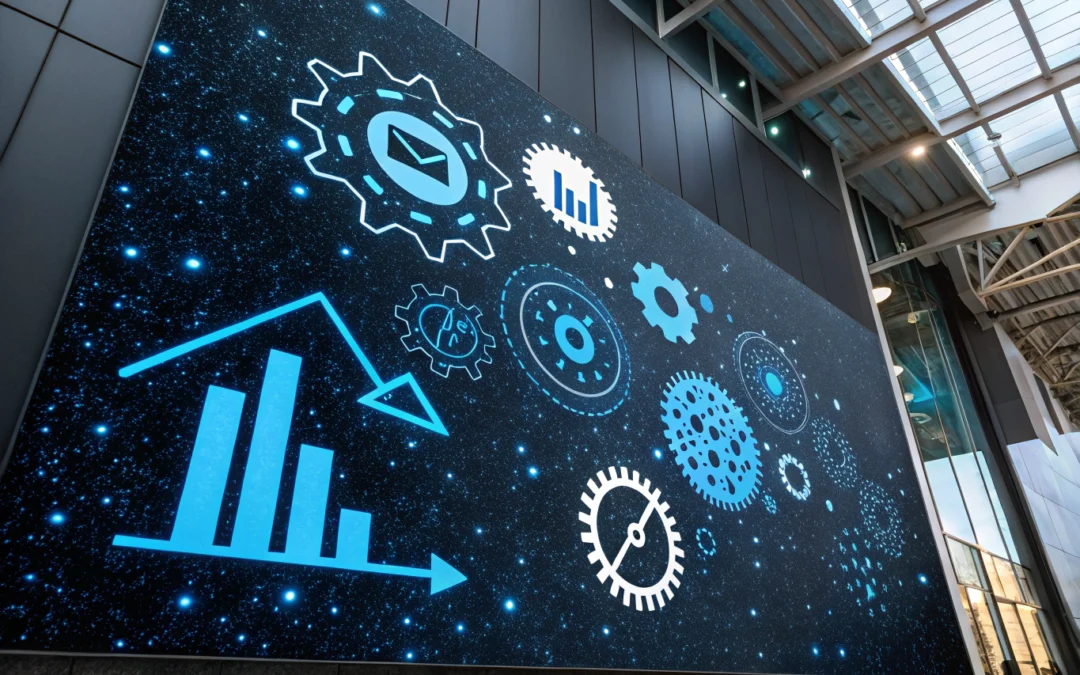The Real Deal with Warehouse Management Automation
Warehouse management automation is like having an AI-powered sidekick in the bustling world of logistics. It promises to streamline operations, reduce errors, and save time—while we humans get to focus on strategic moves. But before we dive bomb into the “robots are taking over” narrative, let’s take a step back and look at what’s really happening on the warehouse floor.
AI isn’t some omnipotent being ready to replace human nuance with algorithmic precision. It’s more akin to an intern—one that learns fast, executes tasks with remarkable efficiency, but still needs a little hand-holding and supervision. For a deeper dive into the nuances of warehouse management automation, check out this warehouse management automation article.
AI in the Warehouse: The Current Scene
Let’s talk about the mechanics. AI-driven systems in warehouses excel at repetitive, data-driven tasks. Imagine an intern who tirelessly scans inventory levels, predicts demand trends, and even directs robotic arms to pick and pack items. These systems aren’t here to replace human workers but to augment human capabilities, allowing us to focus on the more complex decisions that require a human touch.
However, much like how AI language models can hallucinate their way through a conversation, warehouse automation systems need guidance and oversight. They can optimize routes for picking and packing, but they might not yet handle unexpected spills or a sudden influx of last-minute orders without a hiccup. It’s a collaborative dance between human intuition and machine efficiency.
Challenges and Misconceptions
There’s a misconception that AI in warehouses will lead to massive layoffs. In reality, while some roles may evolve or shift, automation creates opportunities for new kinds of jobs. Roles focused on managing and maintaining these automated systems are emerging, and skills related to data analysis and tech management are becoming increasingly valuable.
Another challenge lies in the integration of AI systems with existing legacy systems. It’s not always a plug-and-play scenario. Businesses must be prepared for an initial period of adjustment, training, and potential trial and error. But once the kinks are ironed out, the symbiotic relationship between human workers and AI can lead to remarkable improvements in efficiency and accuracy.
Actionable Business Recommendations
- Start Small: Begin with automating specific, high-volume tasks. This can help in understanding the system’s strengths and areas for improvement.
- Invest in Training: Equip your team with the skills needed to work alongside AI systems. This includes not only technical know-how but also soft skills like adaptability and problem-solving.
- Plan for Integration: Consider how new AI systems will mesh with your existing processes. A phased approach can help mitigate disruptions and ensure a smoother transition.
- Monitor and Evaluate: Continuously assess the performance of your automated systems. Collect feedback from workers and managers to adjust strategies as needed.
In the end, the key to leveraging AI in warehouse management is to remember that it’s not about replacing humans but enhancing human capabilities. By embracing this mindset, businesses can not only improve efficiency but also create a more dynamic, resilient workforce.
Checkout ProductScope AI’s Studio (and get 200 free studio credits)

